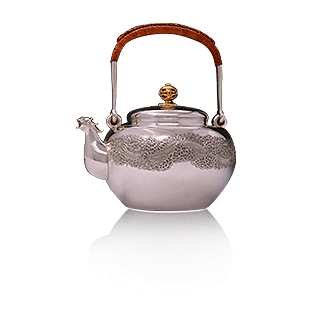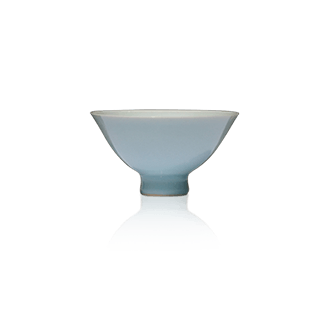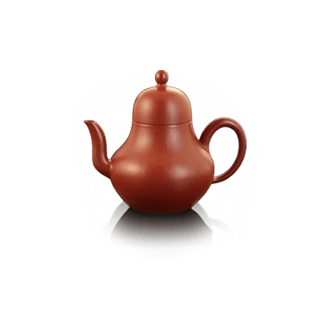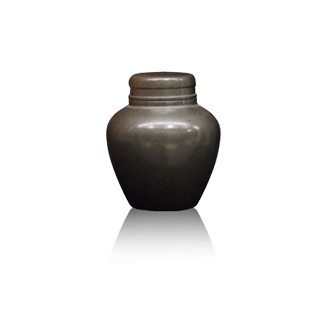
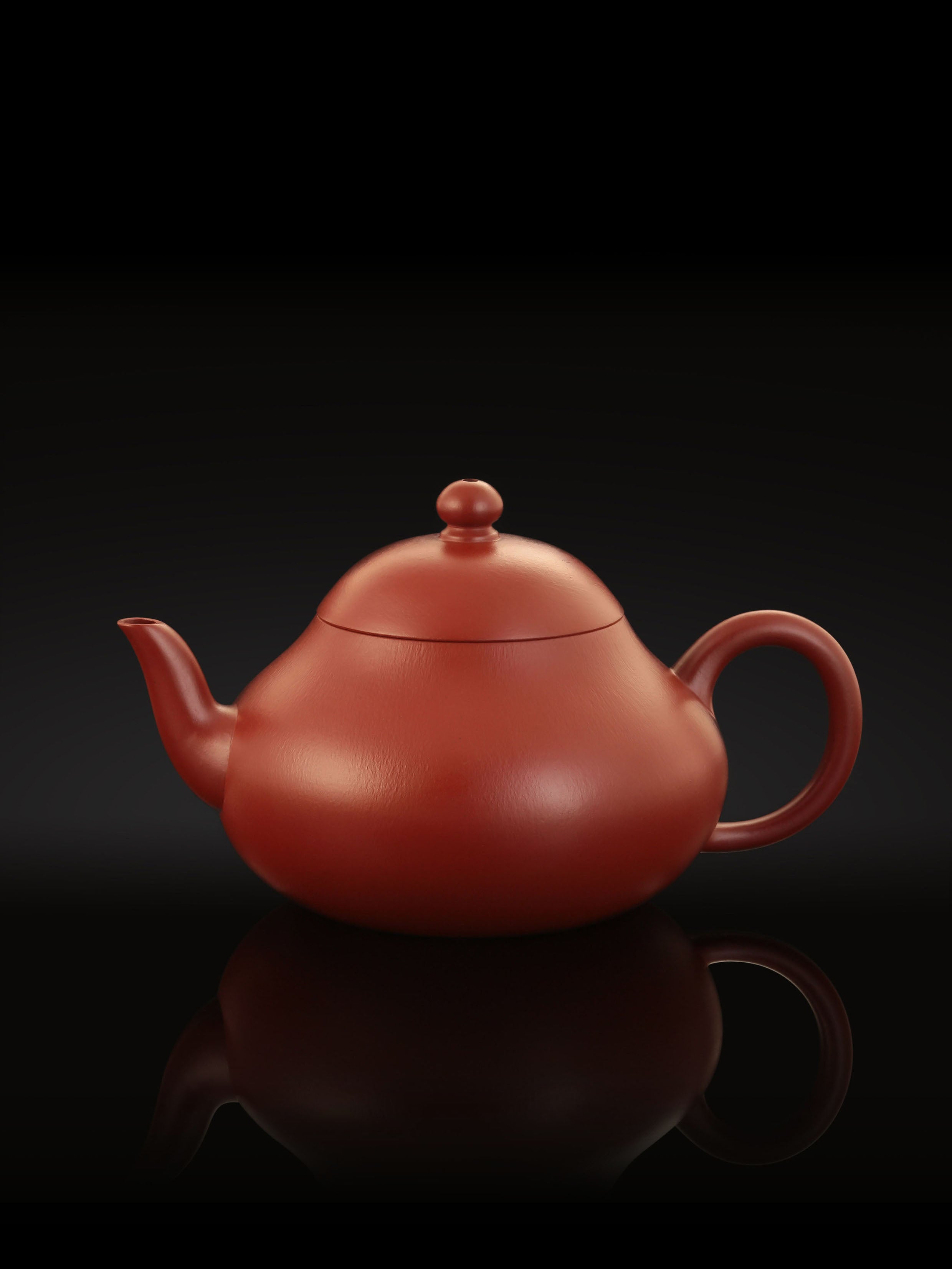
Qin Xun Pear-shaped Teapot - Small Coal Kiln Red Clay




Qin Xun Pear-shaped Teapot - Small Coal Kiln Red Clay
Qin Xun Pear-shaped Teapot - Small Coal Kiln Red Clay
Qin Xun Pear-shaped Teapot - Small Coal Kiln Red Clay
Vessel Type: Pear-shaped
Artist: dayatang / Qin Xun, Master of ZhuNi Clay Craft
Material: Small coal kiln Zhu Ni
Specifications:
Vessel Type: Pear-shaped
Artist: dayatang / Qin Xun, Master of ZhuNi Clay Craft
Material: Small coal kiln Zhu Ni
Specifications:

Qin Xun - Pear-shaped Teapot - Small Coal Kiln Zhu Ni (Red Clay)
Small coal mine Zhu Ni:
The small coal mine, located at the foot of Huanglong Mountain in Yixing (formerly part of Hongwei Village), was named after the coal mines that were mined there in the early years. It was shut down in 1997 due to difficulties in mining mud and environmental protection policies.
Characteristics of the mineral layer: The mineral layer is relatively shallow, with an egg-shaped sedimentary structure, interspersed with hard bluestone, making mining difficult and resulting in scarce reserves.
High shrinkage rate: The firing shrinkage rate is as high as 25%-30%, far exceeding that of ordinary Zhu Ni (about 15%-20%), which can easily lead to deformation and cracking, requiring extremely high teapot making skills.
Granular texture: The clay contains trace amounts of raw mineral particles, which, after firing, present a well-arranged "pear skin" texture, with a delicate yet layered quality.
Color: At room temperature, it is yellowish-brown, and after high-temperature firing, it turns orange-red or brownish-red. After patina formation, the color becomes deeper and has an amber luster.
Process challenges:
Forming difficulty: It requires the traditional technique of "patting and joining", avoids mass production with plaster molds, and can only be made entirely by hand to maintain the clay's properties.
Firing techniques: The temperature needs to be increased in stages, and the kiln temperature should be controlled at about 1080℃-1100℃. Precise control is necessary to avoid "cracking".
Key points for identification
- Appearance features:
- The surface has natural wrinkles ("earthworm pattern"), not artificially created.
- There are fine wavy lines at the rim of the pot and other areas where the contraction is obvious.
- After soaking and conditioning, a patina forms quickly, and a warm and smooth change can be seen within a week.
- Market traps:
- Beware of counterfeit products containing added iron oxide powder; the color is gaudy and lacks depth.
- Genuine products produce a crisp, metallic sound when tapped, while counterfeits produce a dull sound.
Applicable tea types
Oolong tea (such as rock tea and Dancong): High-density structure locks in aroma and enhances the tea's flavor.
Aged Pu-erh tea: absorbs impurities and highlights its aged aroma.
Black tea: Enhances the sweetness of the tea soup and avoids overcooking.
Collection value
Scarcity: Most of the existing ore is from early stockpiles, and less than 1% of the genuine products are circulating in the market.
1. Historical Origins
Founder: Lu Siting, a famous teapot maker in the Qing Dynasty, was known for making pear-shaped teapots. Later generations, out of respect, collectively referred to this type of teapot as "Siting teapot".
Evolution: Originally a plain vessel, it later developed decorative techniques such as engraving and gold inlay, becoming a model of the combination of "flower vessel" and "plain vessel" in Zisha pottery.
2. Design Features
Pear-shaped body: The body of the pot resembles a pear, tall and full, with the center of gravity shifted upwards. The lines extend downwards from the neck of the pot, embodying the philosophy of "round heaven and square earth".
Three-bend spout: The spout curves elegantly upwards, the water flow is crisp and clean, and the flow stops abruptly.
Lid design: The lid fits perfectly with the spout, and the knob is like a bead, in harmony with the proportions of the body of the pot.
Capacity: Mostly small teapots (100-200ml), which meet the requirement of "small pot to concentrate aroma" in Kung Fu tea.
The pear-shaped pot originated in the Yuan Dynasty and remained popular throughout the Ming and Qing Dynasties.
The pear-shaped teapot was first made by Hui Mengchen. The "Yangxian Teapot Series" states that he was "skilled in imitating ancient vessels and his calligraphy was also excellent," and that he possessed both "a combination of simplicity and refinement."
Pear-shaped Zisha teapots have always been prized for their vivid appearance, rounded and full lines, and elegant charm, possessing a feminine grace that has made them a favorite among collectors.
The Story of the Pear-Shaped PotAccording to the "Illustrated Dictionary of Ancient Chinese Ceramics" edited by Mr. Feng Xianming, "The pear-shaped pot is a type of pot that originated in the Yuan Dynasty and became popular in the Ming Dynasty. It is named after its pear-like shape."
In his book "Identification of Ming and Qing Porcelain", Mr. Geng Baochang also said: "Pear-shaped pot - named for its resemblance to a pear. It was first fired in the Yuan Dynasty and continued to be popular in the Ming and Qing Dynasties." Therefore, pear-shaped pots have existed since ancient times, and this pear-shaped pot is indeed quite unique.
The teapot was first made by Hui Mengchen. The "Yangxian Teapot Series" states that he was "skilled in imitating ancient vessels and his calligraphy was also excellent," and that it "combined simplicity and refinement." As a traditional vessel shape, it is not enough for a teapot to stand out among many others; the color, material, and overall charm of the teapot are also extremely important.
Evolution of pear-shaped pot
Based on the shape and size of the pear-shaped pots, their primary uses were as wine vessels and water pitchers. A rough count shows that pear-shaped pots from the Five Dynasties, Song, and Jin periods were generally 11-15 cm high, with a few taller ones reaching 18-20 cm. Their size and shape were perfectly suited for holding wine, and also extremely convenient for pouring liquids into cups and bowls. In addition, a small number of smaller pear-shaped pots, around 6-8 cm high, such as those identified as Type A I, II, and III in the excavation report of the Qionglai Shifangtang kiln site mentioned earlier, were likely water pitchers used in scholar's studios.
The emergence of pear-shaped pots is related to the prevailing aesthetic taste during the Five Dynasties, Song, and Jin periods, which favored the imitation of fruit and flower petal shapes in vessel design. Besides porcelain, pear-shaped pots are also found in Song Dynasty silverware. A Song Dynasty silver pear-shaped pot was unearthed in 1959 at the Xiaoquan Town Mosque in Deyang City, Sichuan Province. The pot has a pear-shaped body, melon-ribbed belly, lotus-leaf-shaped lid, bow-shaped handle, and a long, curved spout. Judging from the production and use of pear-shaped pots, they were most common in Sichuan, possibly due to the developed wine culture in Sichuan during the Five Dynasties and Song periods, leading to a greater demand for wine vessels. Although the Yaozhou kiln in neighboring Shaanxi also produced pear-shaped pots during the Five Dynasties, Song, and Jin periods, the number unearthed and extant is far fewer than in Sichuan. Whether the Yaozhou kiln's production of pear-shaped pots was influenced by Sichuan porcelain kilns, or vice versa, is an interesting question worthy of further exploration.






Frequently asked questions
Use the FAQ section to answer your customers' most frequent questions.
Order
Yes, we ship all over the world. Shipping costs will apply, and will be added at checkout. We run discounts and promotions all year, so stay tuned for exclusive deals.
It depends on where you are. Orders processed here will take 5-7 business days to arrive. Overseas deliveries can take anywhere from 7-16 days. Delivery details will be provided in your confirmation email.
You can contact us through our contact page! We will be happy to assist you.





